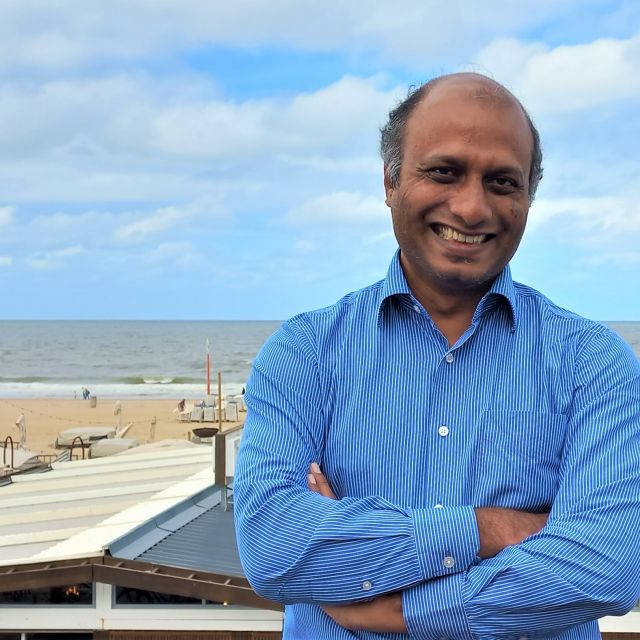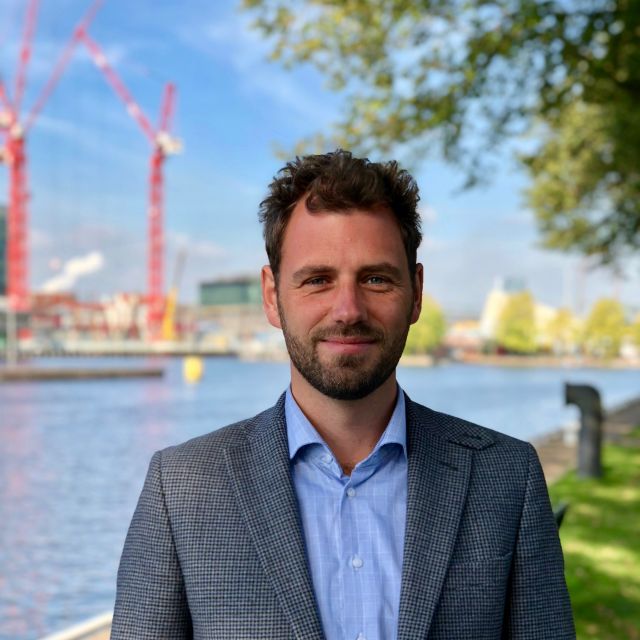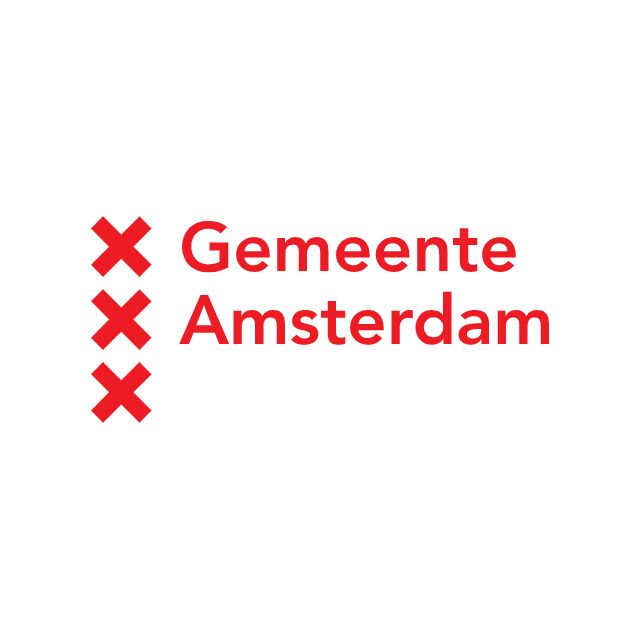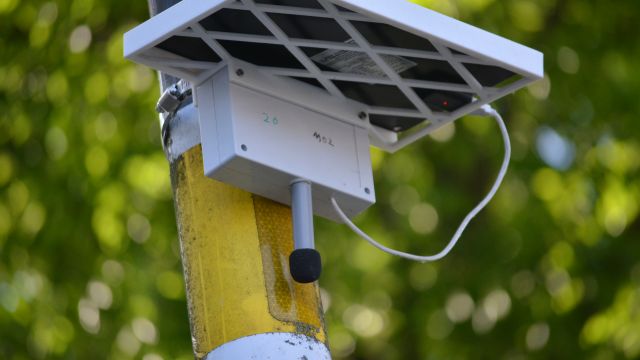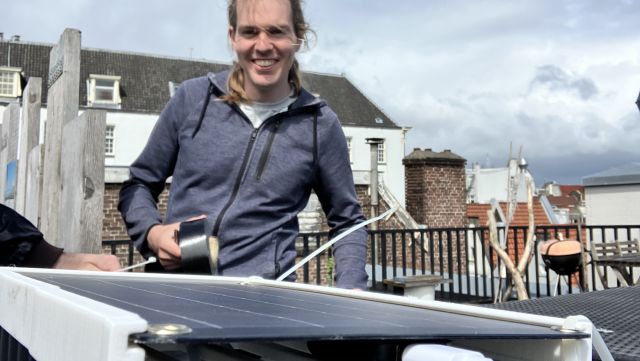Smart sensors to understand construction noise
How to better identify sources and reduce sound pollution in urban areas? This pilot uses smart sensors to monitor construction noise in Amsterdam.
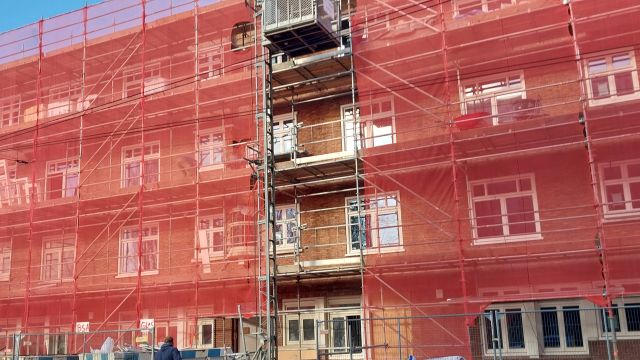
Identifying Construction Sounds
Noise pollution is a growing concern in Amsterdam, with construction sounds being one of its leading contributors. It can lead to a range of health issues, including sleep disturbance, stress, and fatigue. Our lab is working in collaboration with the City of Amsterdam’s Department of Spatial Planning and Sustainability on a pilot project that uses sensors to both measure and better understand construction noise. By deploying smart technology, we aim to gain deeper insights into the nature of construction noise and lay the groundwork for responsible solutions and informed policymaking.
Too much noise in the city can lead to serious nuisance for residents and can also lead to health damage. The measurement program is aimed at gaining more insight into the construction noises that occur. A better insight can also lead to a reduction of nuisance in the long term, e.g. by using quieter techniques.”
— Carlo Schoonebeek, Senior policy officer R&D, Gemeente Amsterdam
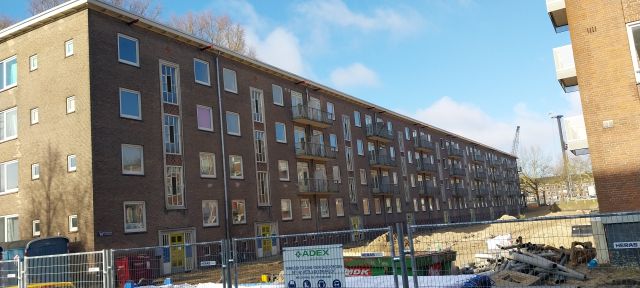
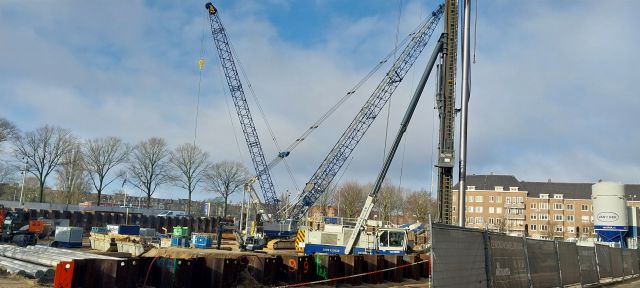
Gaining deeper insights into construction noise
Traditional sound level meters measure decibel levels but offer limited context. Yet, noise nuisance often depends on the type and source of the sound. This pilot project seeks to move beyond decibel readings to explore the unique characteristics of construction noise.
Our goal is to develop a solution that not only registers construction sounds but also automatically identifies their specific sources. The project uses a novel sound sensor developed by TU Delft that detects sound, measures a range of acoustic features (like loudness and sharpness), and classifies them in real time.
This approach is particularly useful for understanding construction noise. After all, noise disturbance is not just about how loud a sound is—it’s also about what kind of sound it is (high or low pitch, steady or fluctuating, buzzing or pounding) and what causes it (such as pile driving or drilling).
This level of detail can provide valuable feedback to both the creators of the noise (e.g., construction companies) and the communities affected by it. For city departments like R&D, it may inform future noise regulation and planning.
Another key aim of the project is to further evaluate and refine the TU Delft sensor. A central question is whether construction noise can be effectively distinguished from other urban sounds, such as traffic.
Drilling noise refers to the sound produced during the process of drilling, particularly when using power tools like electric or pneumatic drills. This noise can vary in intensity depending on the type of drill, the material being drilled, and the drilling technique employed. Diamond-tipped tools generally produce quieter drilling sounds, while hammer drills, which combine hammering action with drilling, can create louder noises, especially when cutting through tough materials like concrete.
Piling noise refers to the loud sounds produced during the process of driving piles (large columns of material) into the ground, often as part of construction projects like building foundations. This noise is generated by the impact of a hammer-like machine striking the pile, or by vibrations from other pile-driving methods. The noise can be quite disruptive, especially in urban areas, and can even reach levels that exceed local regulations.
Two common construction sounds
Project details
Each sensor node includes a consumer-grade microphone (ICS-43434) capable of measuring loudness and identifying sound types. All data processing takes place locally on the sensor, meaning no audio is recorded, stored, or transmitted. The sensor was introduced as open hardware during the Inter.noise 2024 conference in Nantes in August 2024, where it was presented to an international scientific audience.
Sensors have been deployed at four construction sites across Amsterdam Oost, Zuid, and West. Each site represents a different type of activity—new construction, demolition, tramway work, and renovation—ensuring a diverse set of construction sounds is captured. Measurements began in early June and will continue at least through the end of August.
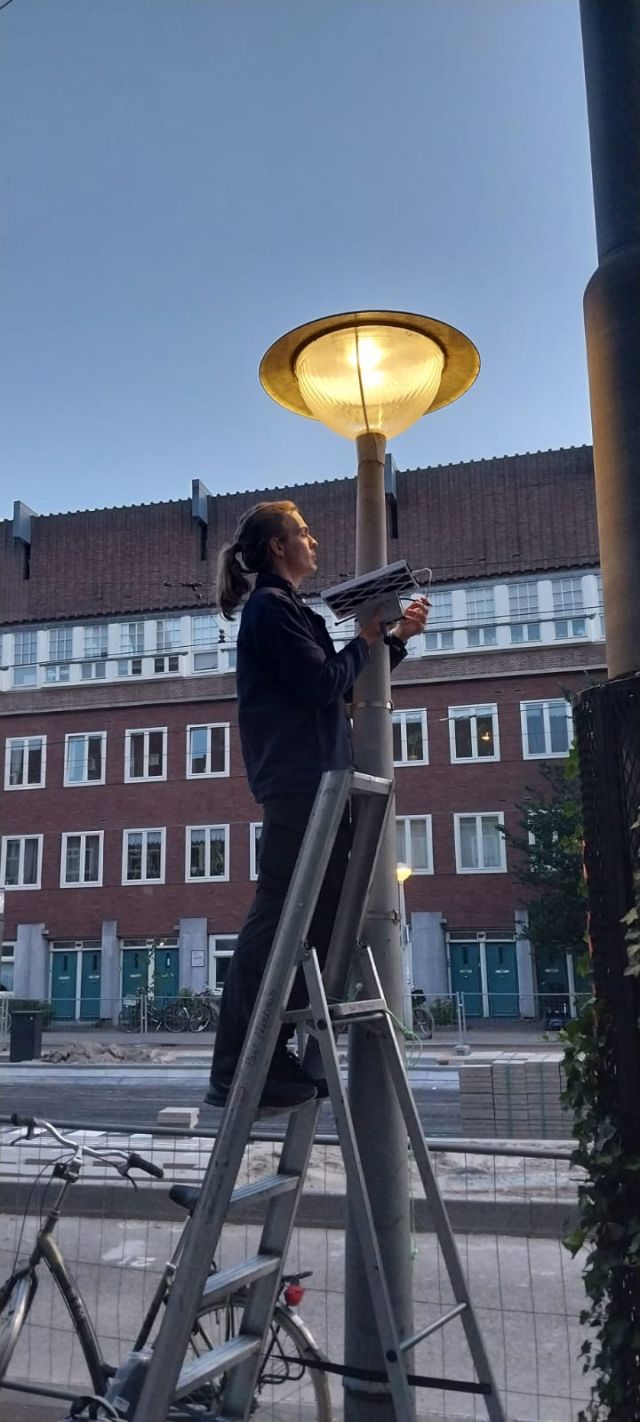
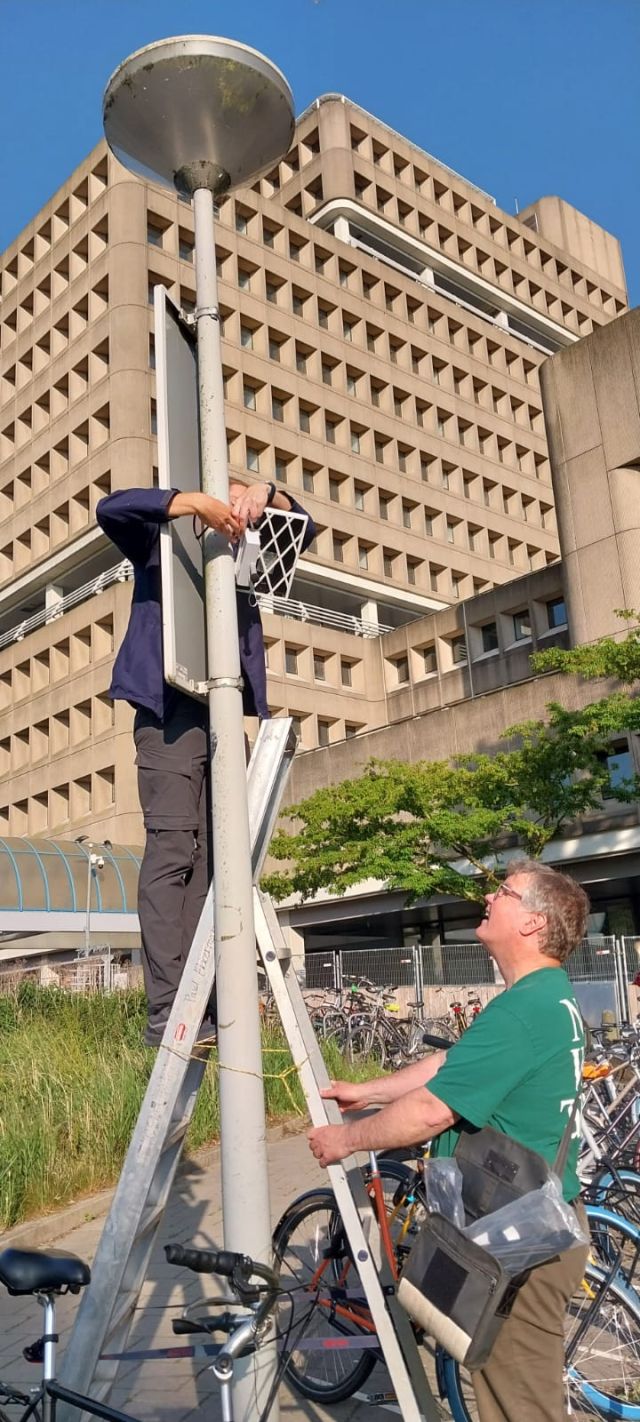
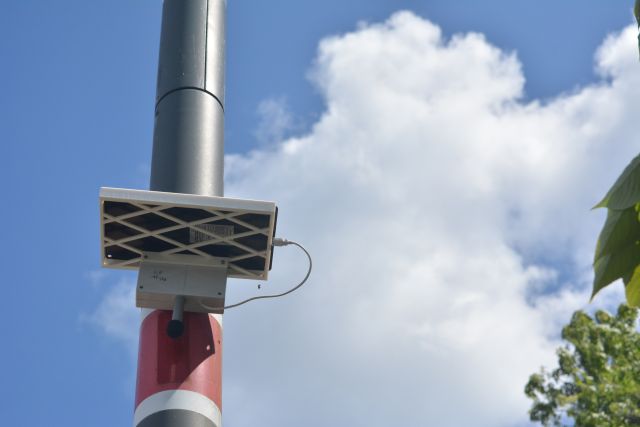
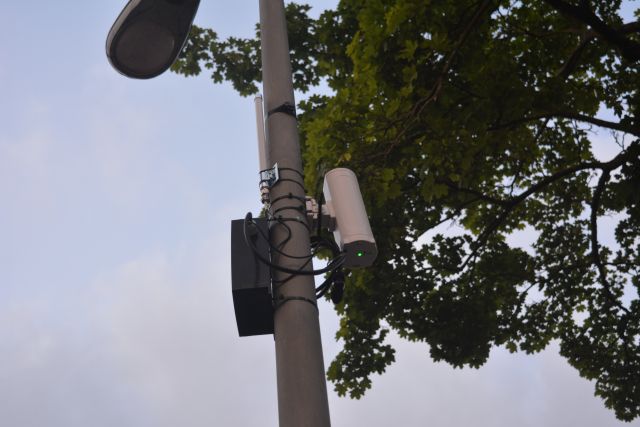
Overview of sensor locations
A total of 12 sensors have been installed across 4 construction sites (see image below). The distribution is as follows:
- 3 construction sites located between Amsterdam Zuid and Amsterdam Oost
- 1 construction site located in Amsterdam West
- Each site is equipped with 3 sensors.
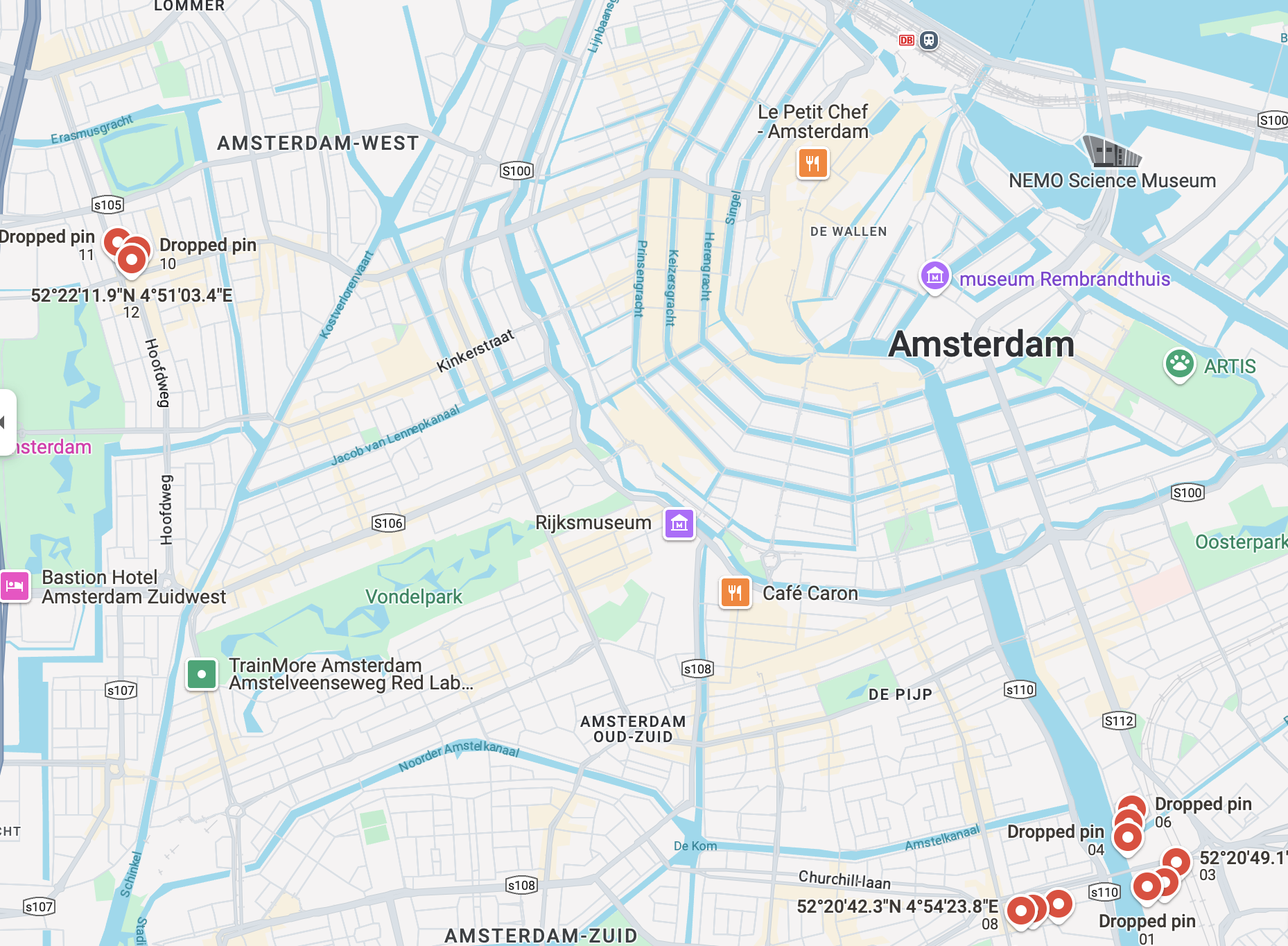
Responsible data collection and analysis
This project fully complies with legal privacy requirements. All acoustic metrics are processed directly on the sensor, with no raw audio being saved or transmitted. In addition, the sensor’s design—both hardware and software—will be fully open-source to promote transparency and collaboration across the research community.
Our team

Carlo Schoonebeek
Senior policy advisor environment, City of Amsterdam
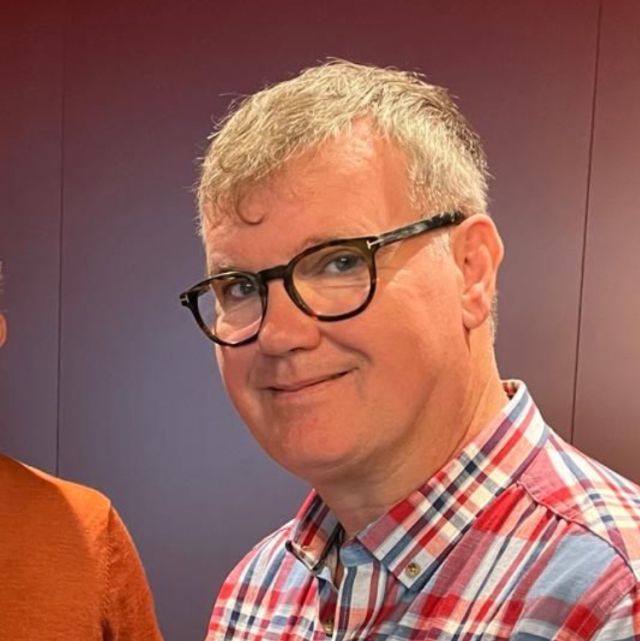
Paul Ekkerman
Policy Officer Spatial Planning and Sustainability, City of Amsterdam

Lion Cassens
Phd candidate at TU Delft
